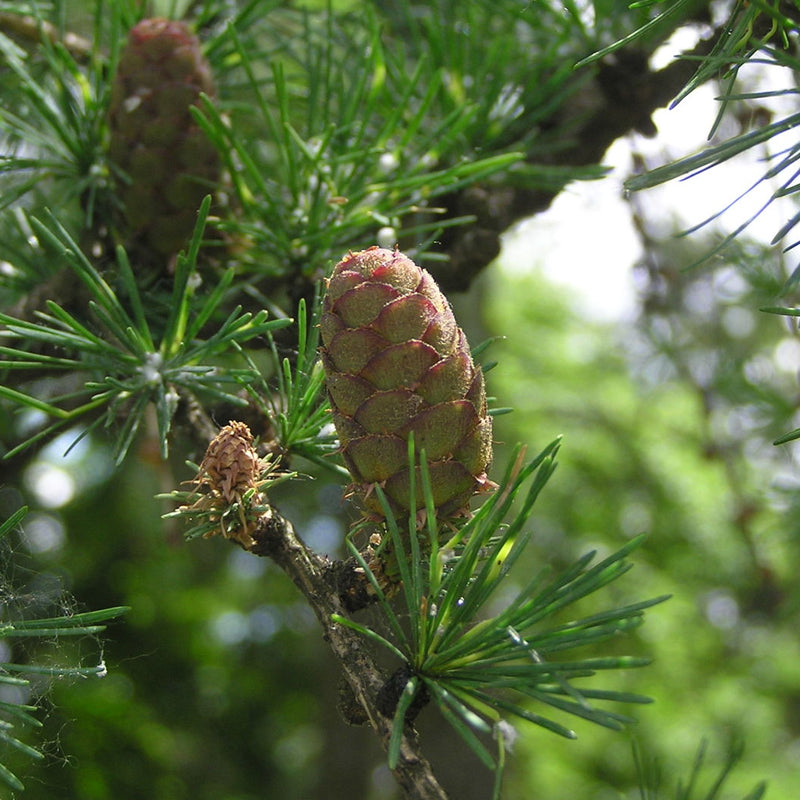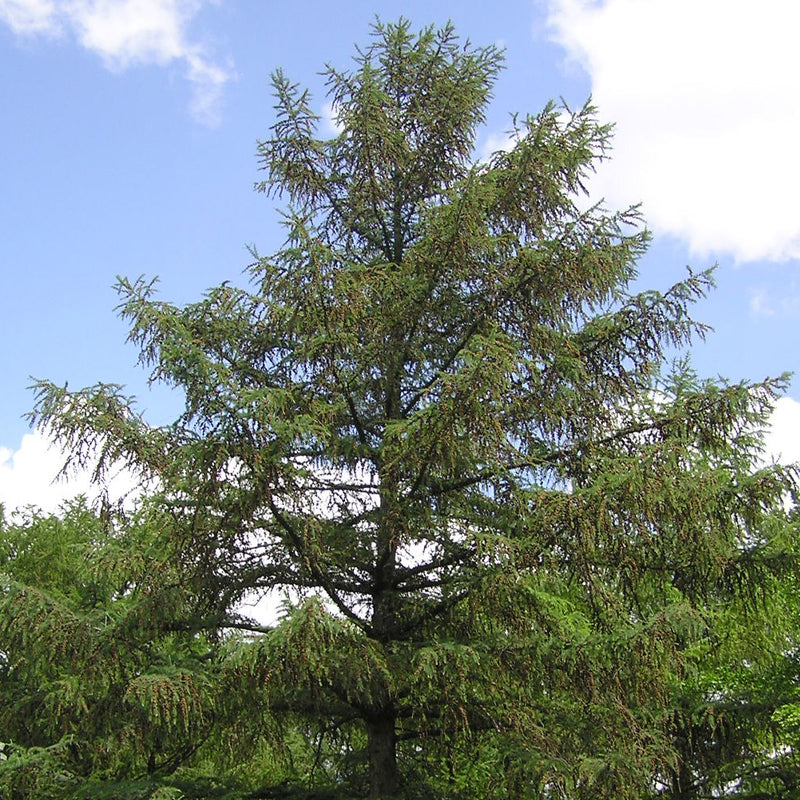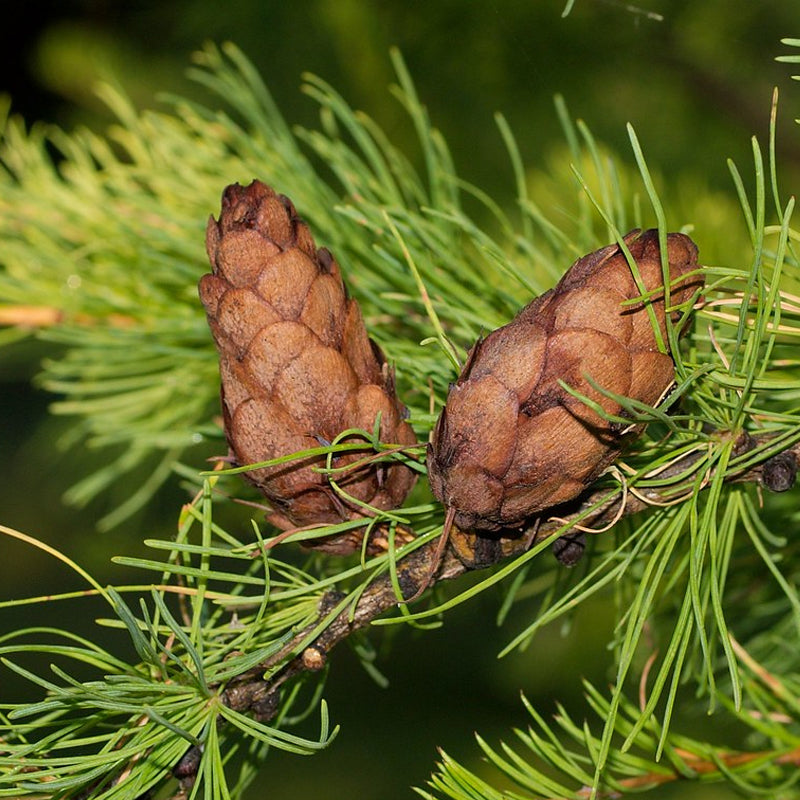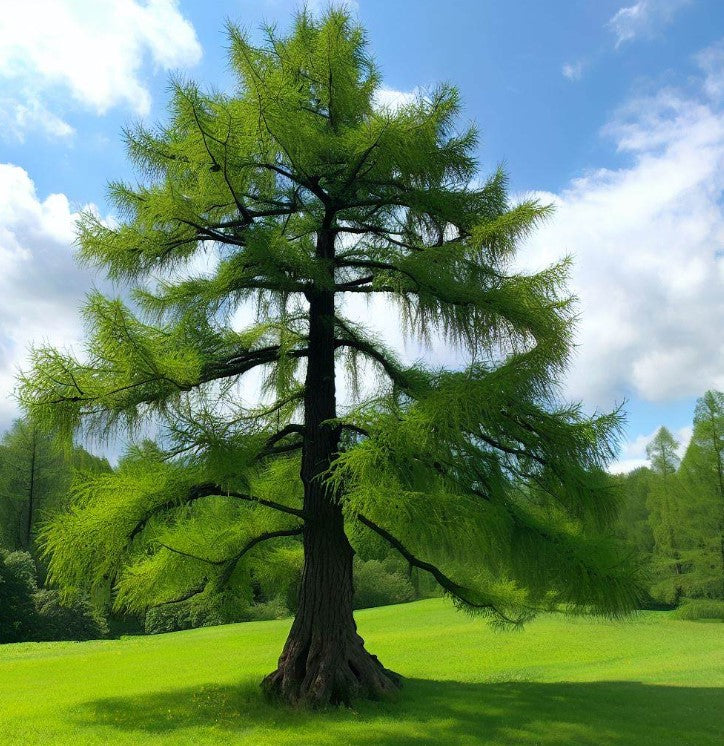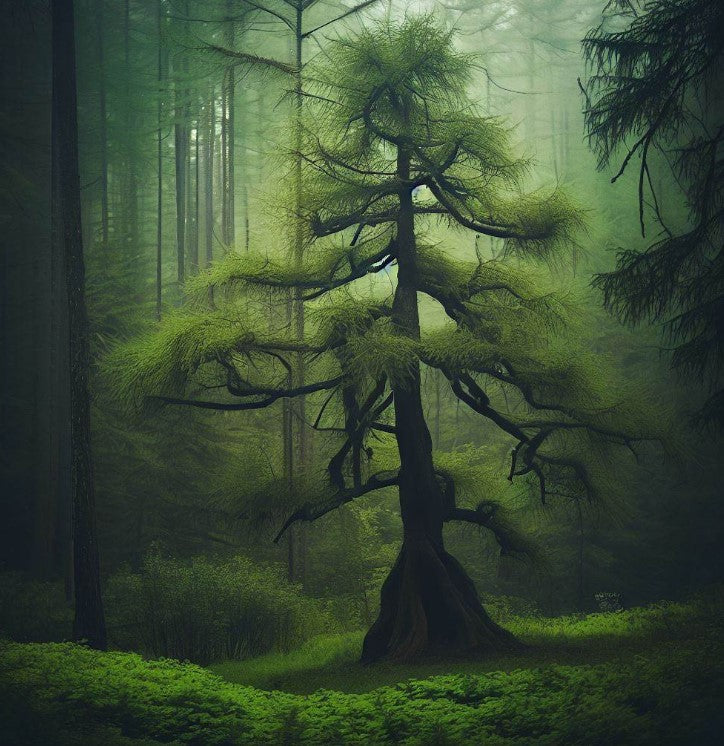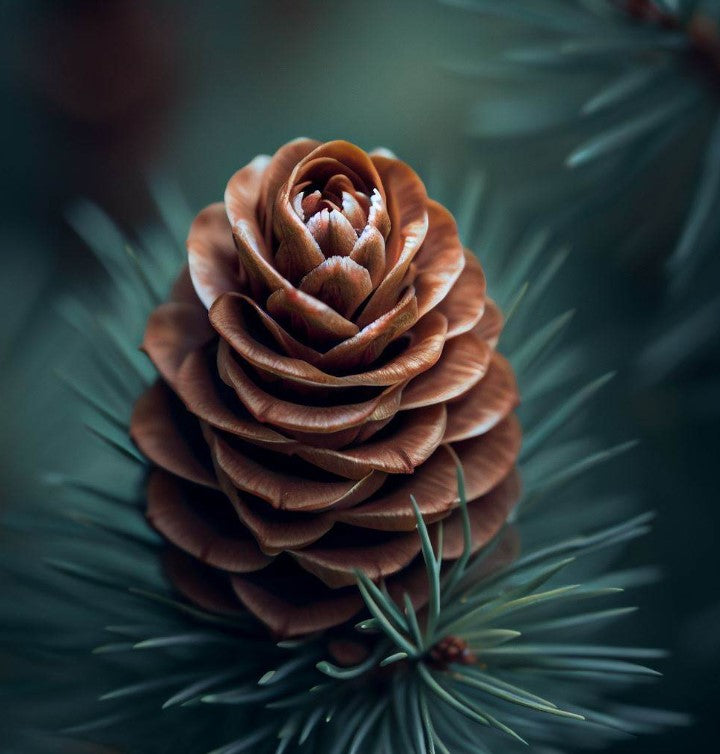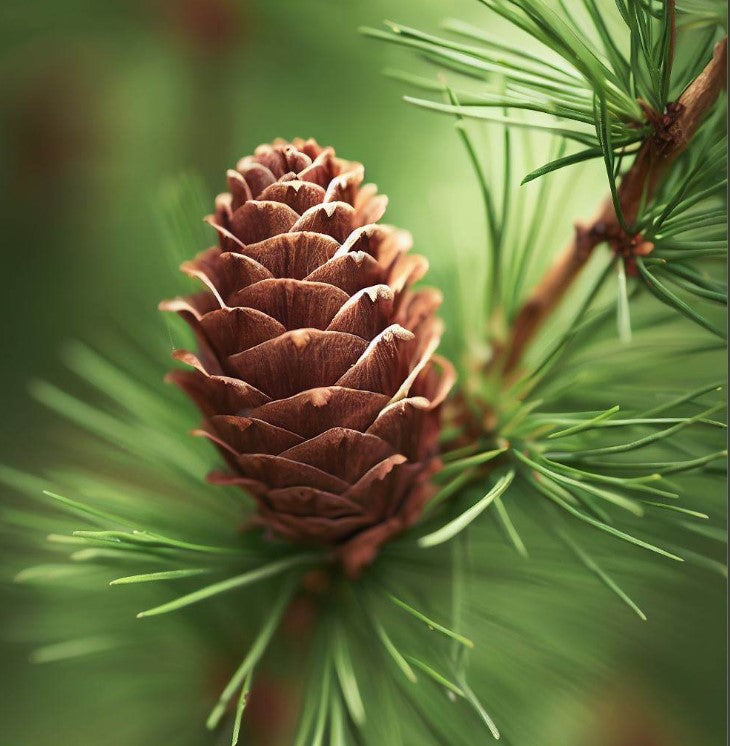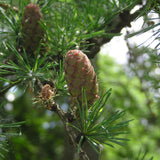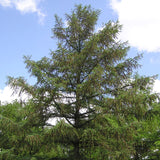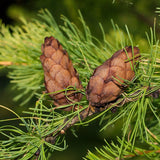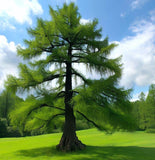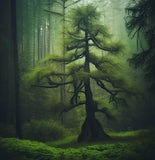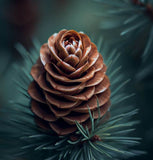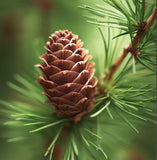Larix sibirica (Siberian Larch)
Larix sibirica (Siberian Larch) is a deciduous coniferous tree native to Siberia and parts of Russia. It is highly valued for its hardiness, attractive appearance, and versatile uses. Here is some information about the Siberian Larch:
Appearance: Siberian Larch is a medium to large-sized tree that can reach heights of 80 to 130 feet (24 to 40 meters). It has a pyramidal shape when young, developing a more rounded or irregular crown with age. The tree features a straight trunk with rough, grayish-brown bark that becomes furrowed as it matures. The branches are spreading and often have a slightly drooping appearance.
Needles: The needles of the Siberian Larch are deciduous, which means they turn yellow and drop in the fall. The needles are soft and arranged in clusters or fascicles along the branches. Each fascicle usually contains 10 to 25 needles. The needles are slender and measure about 0.8 to 1.6 inches (2 to 4 centimeters) long. They emerge light green in spring, turn dark green during the summer, and transform into a vibrant golden-yellow color in the fall before they are shed.
Cones: Siberian Larch produces small, oval-shaped cones that are about 0.8 to 1.2 inches (2 to 3 centimeters) long. The cones start out purple or green and mature to a brown color. They contain numerous winged seeds that are dispersed by the wind.
Cultural Significance and Uses: Siberian Larch is widely grown for its timber, which is highly valued for its durability, strength, and resistance to decay. It is used in construction, outdoor decking, fencing, and other applications where a strong and weather-resistant wood is desired. Siberian Larch is also grown as an ornamental tree in gardens and parks for its attractive form, yellow fall color, and ability to withstand harsh climates.
Cold Hardiness: Siberian Larch is renowned for its exceptional cold hardiness. It can withstand extremely low temperatures and is adapted to thrive in harsh northern climates.
Siberian Larch is generally low-maintenance and adaptable to various soil types, including acidic and alkaline soils. It prefers full sun to partial shade and moderate moisture.
Botanical Name : Larix sibirica
Common Name : Siberian Larch
Height : 100 ft
Spread : 40- 45 ft
Germination Info : Seed does not require a pre-treatment
Hardiness zone : 2-6
Average seed per ounce : Approx. 5313

